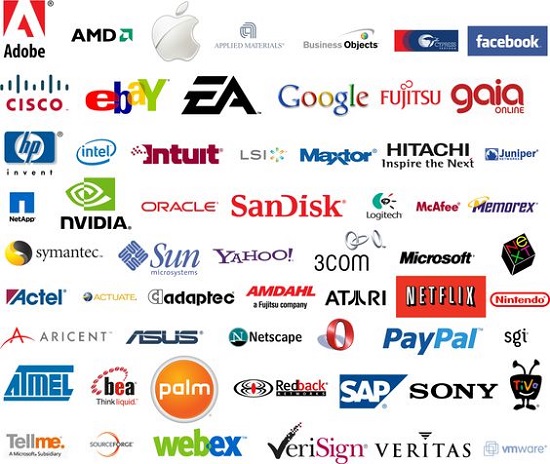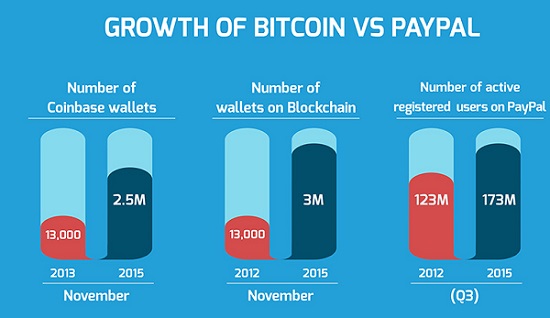Despite our repeated reminders that the multiple woes—especially housing prices, traffic gridlock, and long commutes—of tech companies’ building large staffs in the San Francisco/San Jose area, nearly all of these mainly-software organizations continue to ignore the logic of setting up new operations in other cities in the U.S. And these other cities would love to have them locate their operations in their respective cities. This phenomenon, coupled with the September 13 opening of the vaunted Cornell Tech in New York City, is so noticeable that Bloomberg Businessweek went to considerable effort to prepare a pictogram for its September 11 issue that includes about 300 metro areas (but they do not appear to be the 300 most populous cities in the U.S.) is so detailed that they couldn’t include it in their online version and an article apparently so basic that they couldn’t include it in their print version. On the horizontal (“good stuff”)axis it combined nine positive ways: rates of college education, science and engineering majors, top universities, headquarters of big tech companies, venture capital investment, share of jobs in computer-systems design and related services, broadband subscription rates, independent coffee shops (huh??),and commutes by bike/public transportation/on foot. On the vertical (“bad stuff”) axis it combined three negative ways: high home prices, lots of income inequality, and long drive times. It weighted these 12 ways equally (what else could they do?) and plotted a scattergram with city names as labels. In the upper lefthand corner (high on both good stuff and bad stuff) is the San Francisco/San Jose area (Silicon Valley), which is in the biggest “quadrant” (the quadrants are quite unequal in area) called “Both the good and the bad of Silicon Valley”. The upper righthand quadrant is “Unequal and expensive, but not techie”, the lower lefthand quadrant is “Tech without the downsides”, and the lower righthand quadrant is “ Least like the Bay Area”. The authors highlighted Boston (not surprisingly, due to its many good universities and Route 128 tech companies), Boulder, Co (high percent of households with broadband access), and Ithaca, NY (low housing cost). Ithaca??!! Well, it’s home of Cornell University which, together with partner Israel’s Technion, created Cornell Tech, and it’s the most techie of the Ivy League. (It’s also our home town, with nice summers, but awful winters … especially compared with Silicon Valley.)
Tag Archives: Bill Coggshall
Will Bitcoin Replace Dollars and PayPal?
Bitcoin was generated in its early days by geeks running souped-up microcomputers for billions of cycles, consuming a lot of electricity and communications bandwidth to produce no useful result. (Does “It is the tale of an idiot, full of sound and fury signifying nothing” seem a propos?) This is counter to the evolution of physical coins (and their paper surrogates and later trusted electronic financial institution balances) that were a convenient (easily transported) substitution for useful physical objects that had previously been bartered (e.g., cords of firewood or herds of sheep). Given its origin, it seems strange that it was not originally denominated in terms of compute cycles and actually used that way. Anyway, enough people believe in it that it it has practical value.
Many of those same geeky people are doing things like setting up proxy servers, and the sources of those proxy servers prefer to be paid in Bitcoin. So they are essentially following a path similar to PayPal, whose users did not want to use credit cards, and earlier when people used credit cards when they didn’t want to carry coins and paper money.
Crowdsourcing Companies Likely Can’t Boost YouTube Views. Can Proxy Servers?
The old adage “If it seems to be too good to be true, it probably is”. That is, it’s NOT true. Crowdsourcing companies promise a lot more than they can deliver. Our previous post proved to be way too optimistic when we tried to get a couple of those companies to actually deliver those views. What we found was that some proxy servers MIGHT do so.
However, it seems that proxy servers are as much of a bag of snakes as crowdsourcing entities. We noted during our experiments with crowdsourcing companies that some of them proposed to use proxy servers, or actually did so, but they apparently did not succeed in adding more than a handful of views. That apparently was because YouTube is too clever, and they disqualified most of the views for a variety of reasons. For example, if the crowdsource operative used a proxy server located in a country other than his/her own (which they could tell if the visiting IP was from one country in one time zone but the time of the computer to which the IP was attached was set to a different time zone), YouTube disqualified those views.
The other challenge is that most proxy server folks want to be paid in Bitcoin. While you can use dollars or credit cards or gift cards at sites like Paxful, they can be pretty expensive.
The bottom line is that many owners of YouTube channels may find it too expensive and time-consuming to boost their view counts via crowdsourcing or proxy servers.



